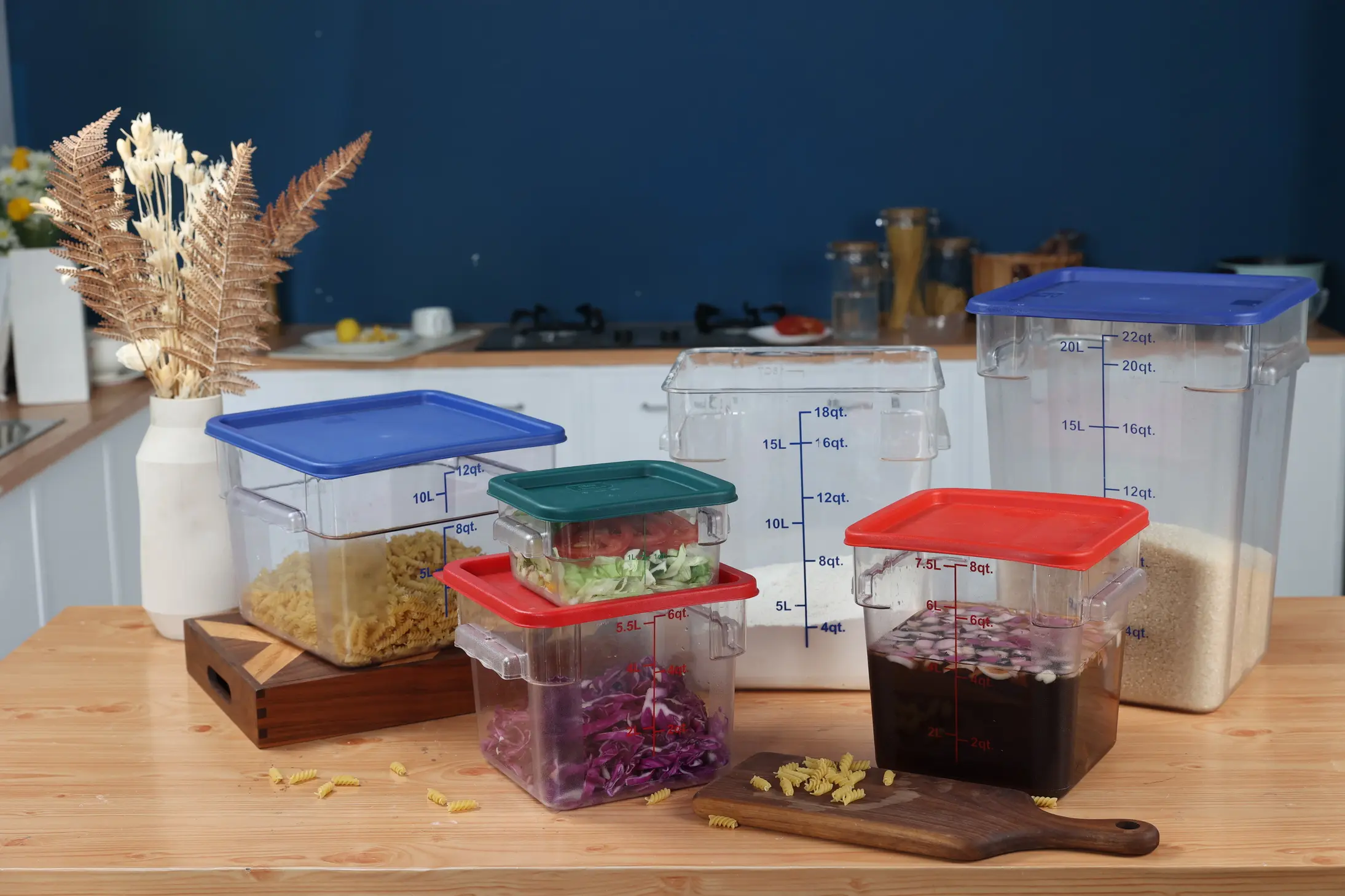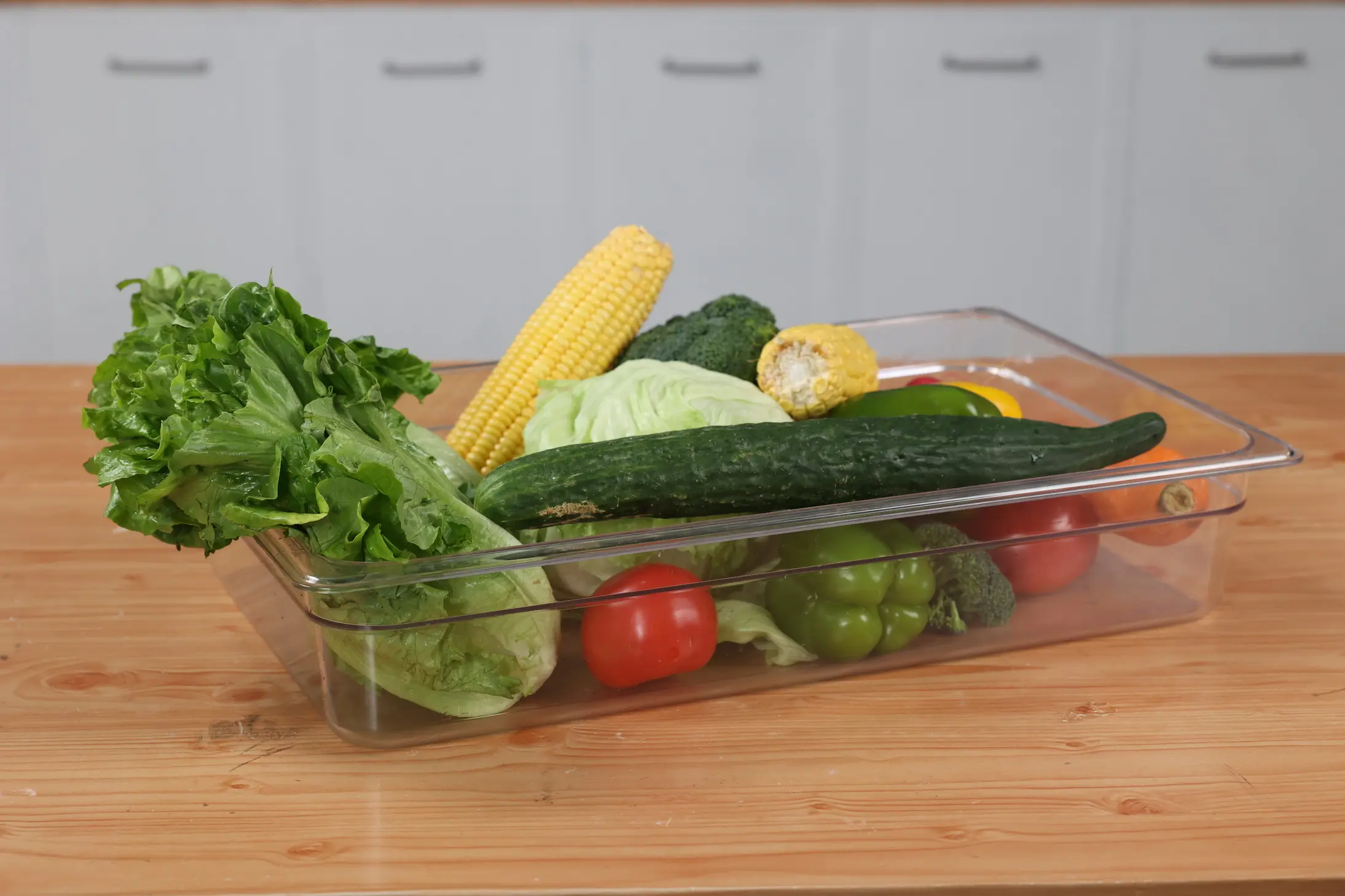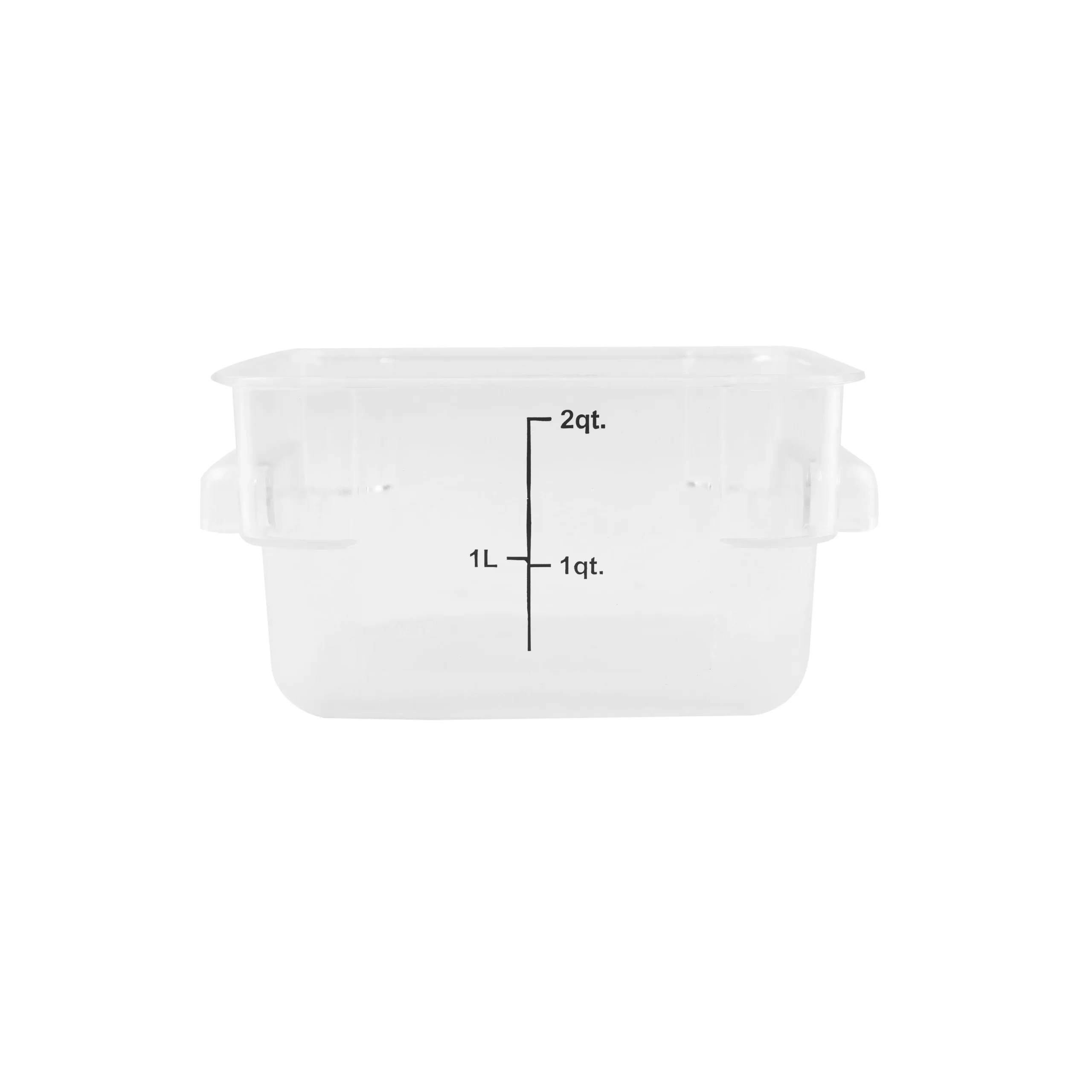In an era of growing global environmental and health awareness, the safety of kitchen utensils has become a focal point for consumers. As a core standard for controlling hazardous substances in electrical and electronic products, the EU’s ROHS (Restriction of Hazardous Substances) Directive serves not only as a pass for market access but also as an enterprise’s commitment to consumer health and environmental responsibility. As an independent website specializing in high-quality kitchenware, Plastickitchen has always regarded ROHS testing as the cornerstone of product compliance, safeguarding the safety baseline of every product with rigorous standards.
I. The Core Framework of the RoHS Directive and Its Latest Upgrades
The RoHS Directive was first issued by the EU in 2003 and has undergone multiple revisions. The current latest version is 2015/863/EU (RoHS 3.0), which has been fully implemented since July 2019. Its core objective is to restrict the use of 10 categories of hazardous substances in electrical and electronic equipment, including:
- Heavy metals: Lead (Pb) ≤ 1000ppm, Mercury (Hg) ≤ 1000ppm, Cadmium (Cd) ≤ 100ppm, Hexavalent Chromium (Cr VI) ≤ 1000ppm;
- Flame retardants: Polybrominated Biphenyls (PBB) and Polybrominated Diphenyl Ethers (PBDE) ≤ 1000ppm each;
- Phthalates: Di-(2-ethylhexyl) Phthalate (DEHP), Butyl Benzyl Phthalate (BBP), Dibutyl Phthalate (DBP), Diisobutyl Phthalate (DIBP) ≤ 1000ppm each.
If the levels of these substances exceed the limits, they may cause irreversible damage to the human endocrine system and nervous system, particularly threatening the development of children and the health of pregnant women. The implementation of RoHS 3.0 marks a new phase in the EU’s environmental requirements for electrical and electronic products, and has also set a benchmark for global markets.
II. The Strategic Significance of RoHS Testing for Plastickitchen
Mandatory Threshold for Market Access
For kitchen appliances exported to the EU (such as blenders, juicers, etc.), RoHS certification is a necessary prerequisite for the CE mark. Products that fail to pass the testing may face customs detention, market sales bans, and high fines (up to 4% of annual sales). Through strict RoHS compliance, Plastickitchen ensures that every electric product smoothly enters the EU market and avoids trade risks.
A Strong Endorsement for Brand Reputation
Environmental protection and safety have become critical considerations in consumer decision-making. Through RoHS testing, Plastickitchen conveys to consumers a quality commitment of “full control from raw materials to finished products.” For example, our electric mixers feature food-grade plastic casings free of DEHP, and GC-MS testing confirms the non-detection of phthalate substances, completely eliminating users’ concerns about plasticizer migration.
(III) Technology-Driven Sustainable Development
The RoHS Directive pushes enterprises to innovate in materials. Plastickitchen collaborates with upstream suppliers to develop environmentally friendly alternatives such as lead-free solders and low-mercury sensors. Taking metal components as an example, we use ICP-OES technology to precisely control cadmium content, ensuring it remains below the 100ppm limit. This not only complies with regulatory requirements but also drives the development of a green supply chain in the industry.
III. Full-process Control of RoHS Testing for Plastickitchen
Source Control of Raw Materials
We have established a strict supplier admission mechanism, requiring all electronic components (such as circuit boards and motors) to provide RoHS compliance declarations and randomly sampling them for testing by third-party laboratories. For example, X-ray fluorescence spectrometry (XRF) is used for rapid screening of purchased plastic particles. If abnormal lead content is detected, inductively coupled plasma mass spectrometry (ICP-MS) is further used for confirmation.
Dynamic Monitoring of the Production Process
In the assembly workshop, we implement a “material traceability system,” where key components such as circuit boards and connecting wires for each device are equipped with unique identification codes to quickly locate raw material batches. For the plastic injection molding process, we regularly inspect the cleanliness of molds to prevent residual contamination by flame retardants such as polybrominated biphenyls (PBB).
Multi-level Verification System for Finished Products
- Initial Inspection: After each product is off the production line, handheld XRF equipment is used to scan easily accessible parts such as metal casings and interfaces to ensure heavy metal content complies with limit values.
- Sampling Inspection: Samples are drawn by batch and sent to professional laboratories. Gas chromatography-mass spectrometry (GC-MS) is used to detect phthalates in plastic components, while ultraviolet spectrophotometry (UV-Vis) is applied for specific testing of hexavalent chromium content.
- Type Testing: Every year, we commission CNAS/CMA-accredited institutions to conduct full-item testing covering 10 categories of hazardous substances, ensuring products continuously meet RoHS 3.0 requirements.
Certification and Labeling Management
For products that pass the testing, we mark the CE logo and RoHS compliance declaration in a prominent position on the packaging, and publish the testing report number on our official website for consumers to query online. For products exported to the Chinese market, they simultaneously comply with the GB/T 39560 series of standards to achieve international mutual recognition of testing data.
Conclusione
RoHS testing is not just a regulatory requirement, but also a solemn commitment from Plastickitchen to consumer health and environmental protection. We understand that every kitchen product carries the warmth and trust of families. Only by using scientific testing as a shield and technological innovation as a spear can we continue to advance on the path of safety and quality.




